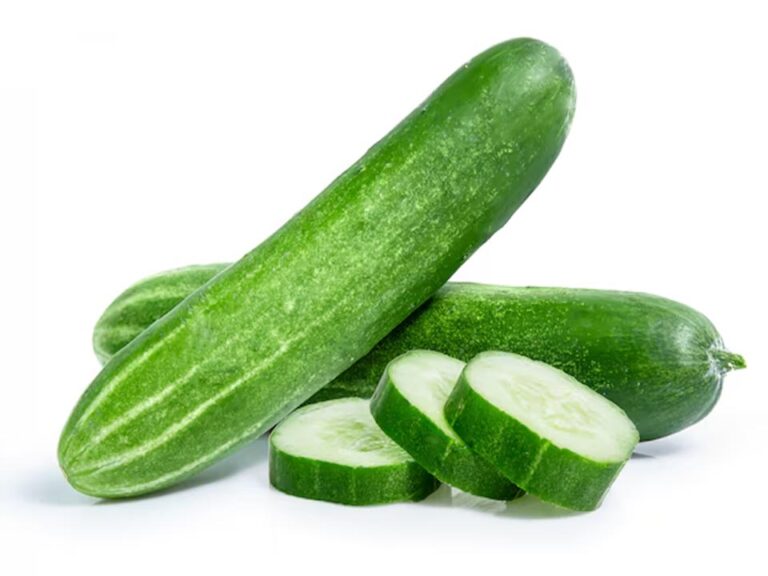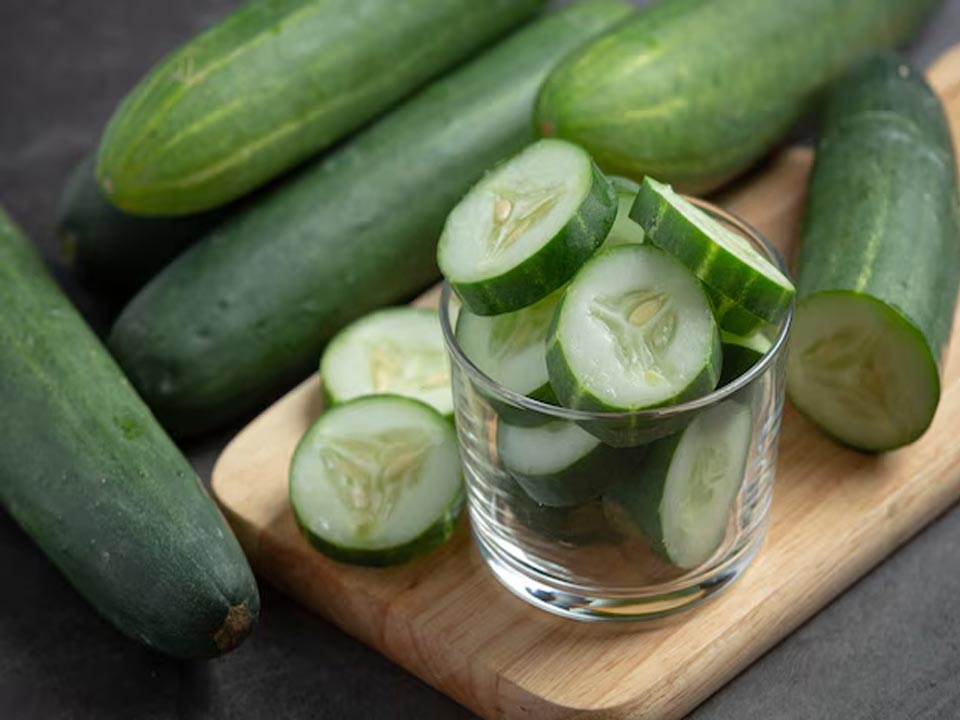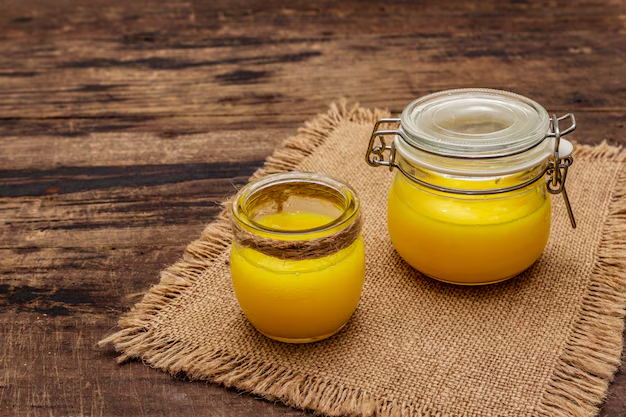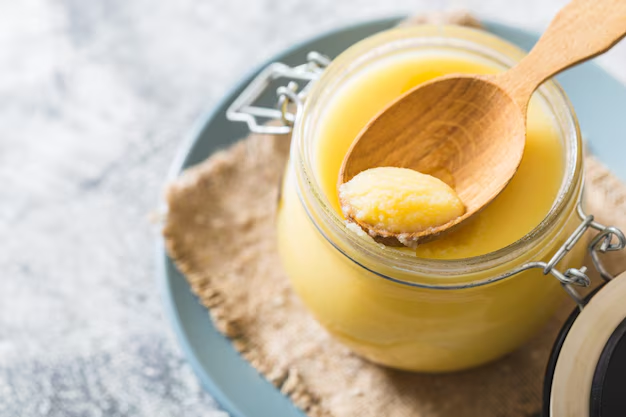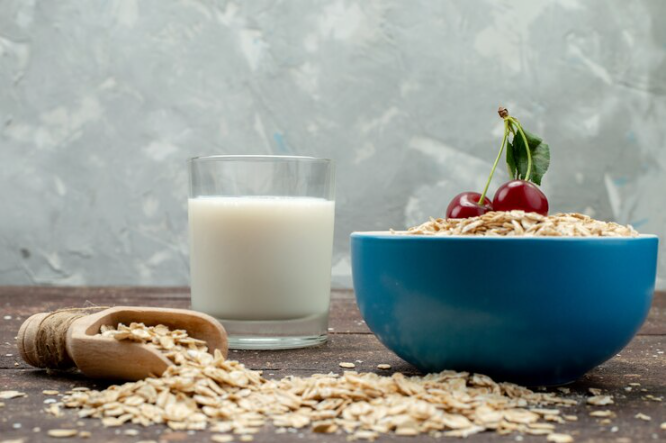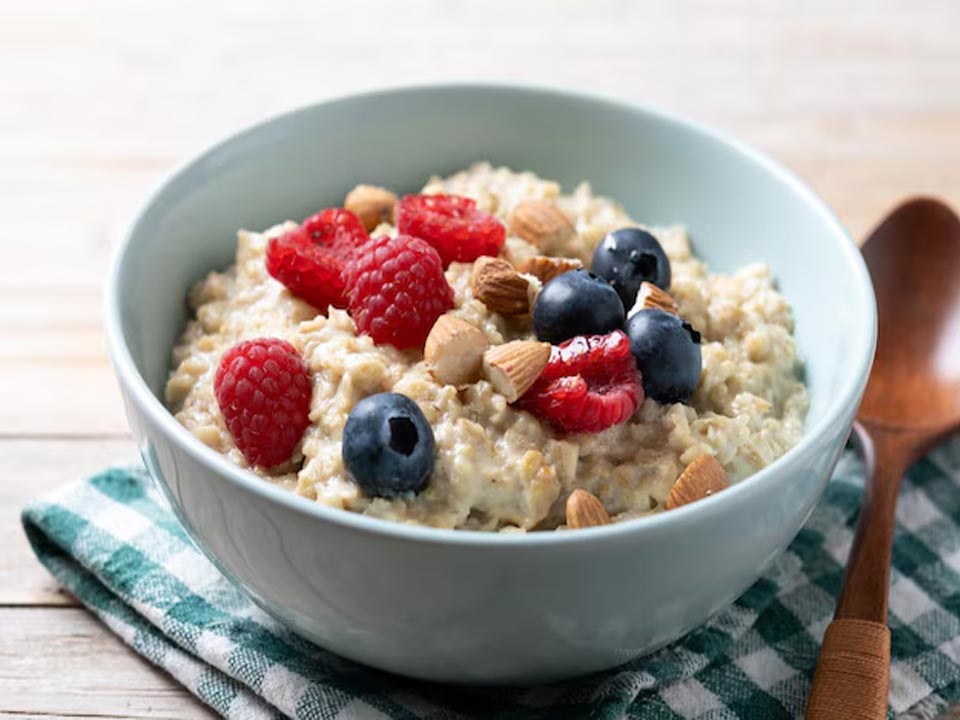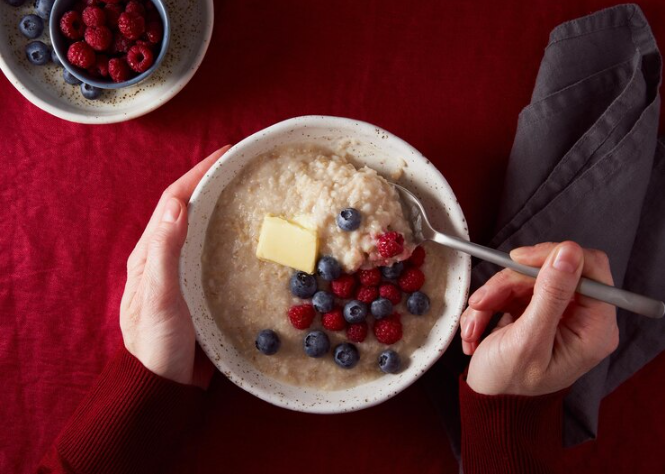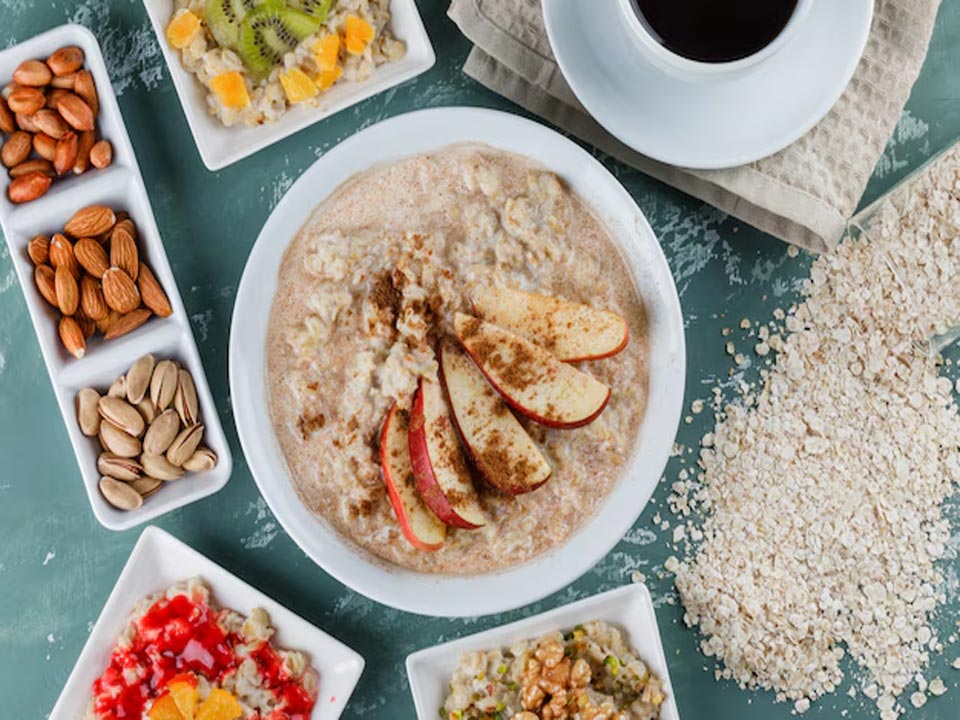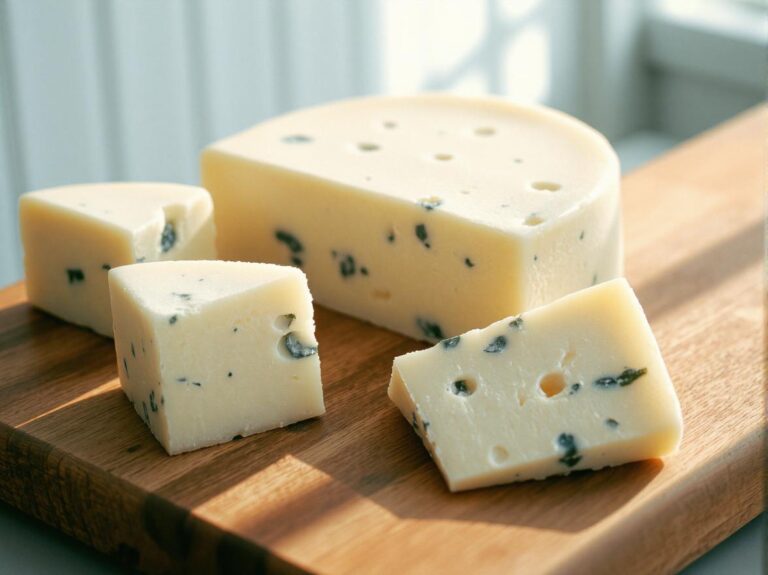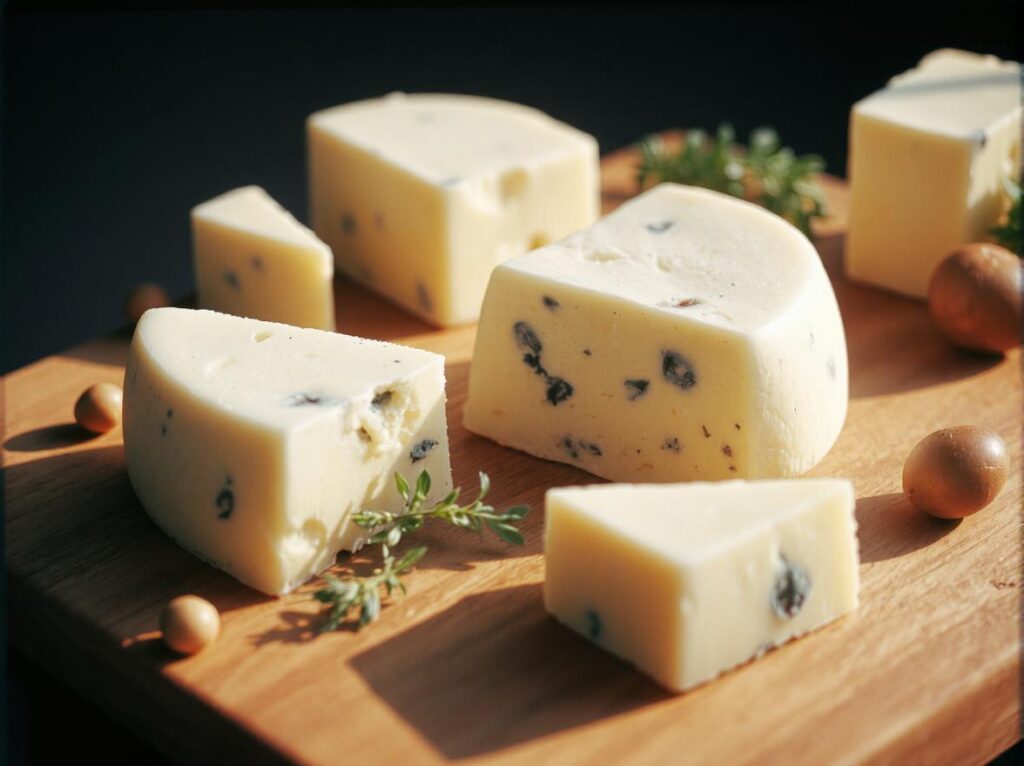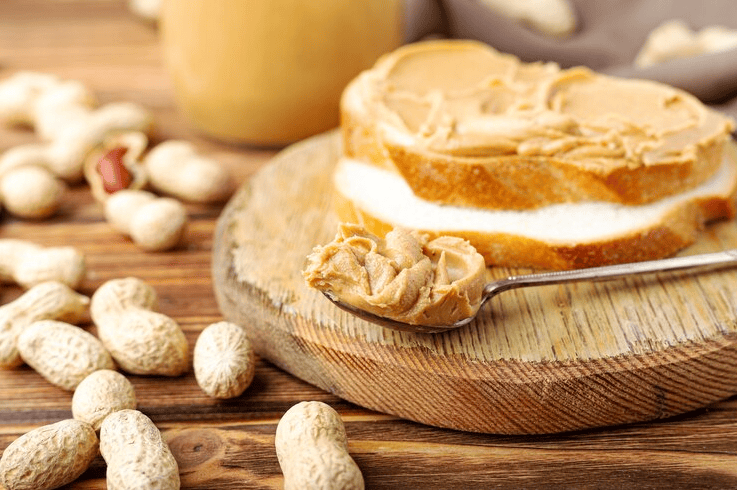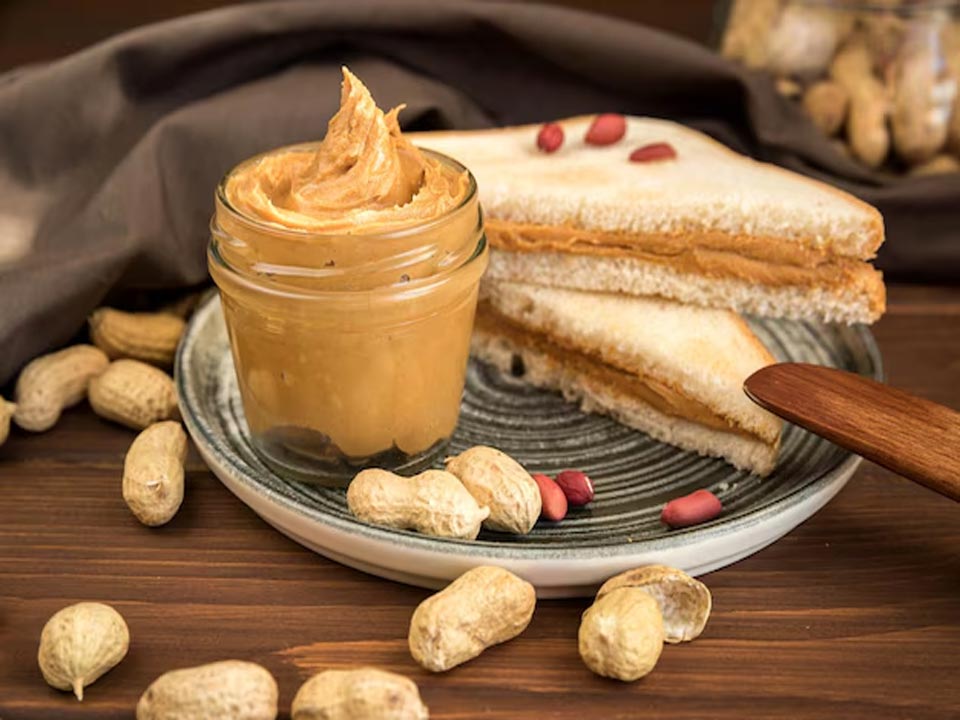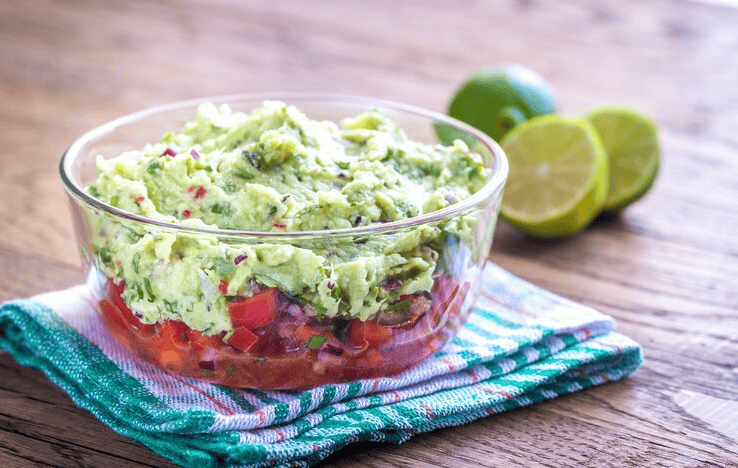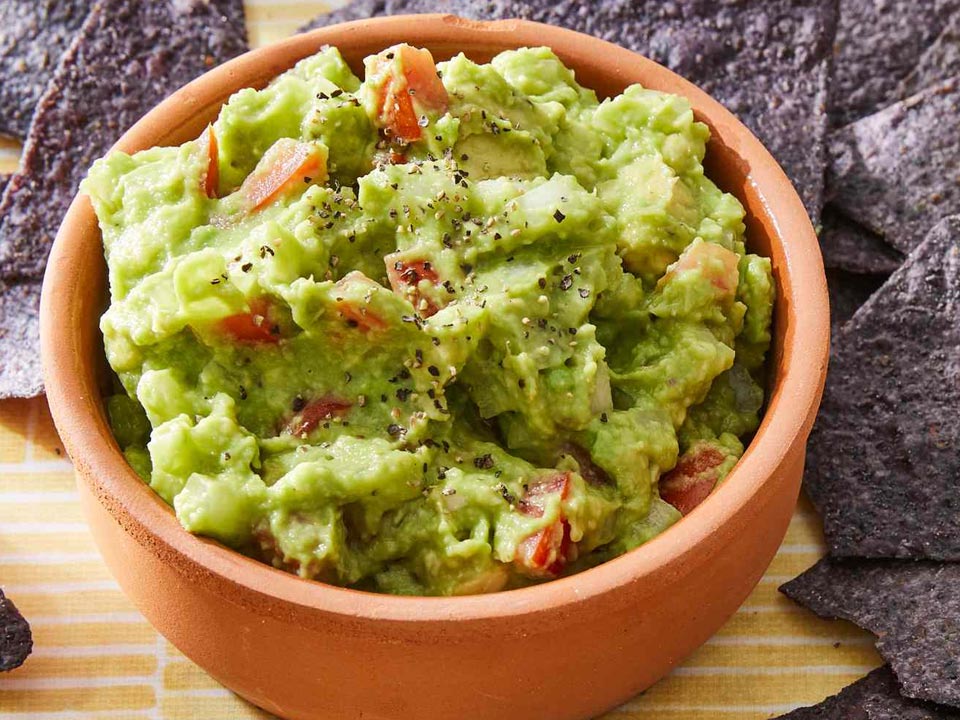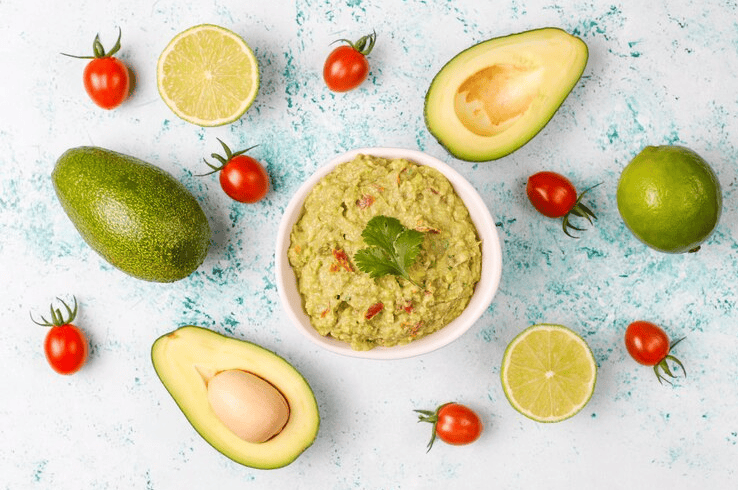The carnivore diet has been gaining popularity as an extreme version of low-carb eating. Advocates praise it for its simplicity and potential health benefits, while critics warn about its possible risks. This diet consists exclusively of animal-based foods—meat, fish, eggs, and some dairy—completely eliminating plant-based foods, including fruits, vegetables, and grains.
But is the carnivore diet healthy? Supporters claim it can lead to weight loss, improved digestion, and better mental clarity, while skeptics argue that cutting out entire food groups may cause long-term health issues. The debate over whether the carnivore diet is actually healthy continues, with some studies suggesting potential short-term benefits but uncertainty about its long-term effects.
In this article, we’ll explore the health benefits and risks of the carnivore diet, its long-term sustainability, and expert opinions from nutritionists and doctors. Is this diet a breakthrough in health and wellness, or could it be dangerous? By the end, you’ll have a clear understanding of whether the carnivore diet is healthy and safe for different individuals.
Understanding the Carnivore Diet
The carnivore diet is a strict, meat-based diet that eliminates all plant-based foods and focuses exclusively on animal products. This eating pattern is rooted in the belief that humans are biologically adapted to thrive on animal-based nutrition while avoiding carbohydrates, fiber, and plant toxins. By consuming only nutrient-dense foods from animals, proponents argue that the body can function optimally, reducing inflammation and stabilizing energy levels.
🔹At its core, the carnivore diet includes:
- Meat: Beef, pork, lamb, and organ meats like liver and heart.
- Fish and Seafood: Salmon, sardines, mackerel, shrimp, and shellfish.
- Eggs: Whole eggs, preferably from pasture-raised sources.
- Dairy (Optional): Hard cheeses, butter, and heavy cream, though some prefer to avoid dairy due to lactose intolerance or inflammation concerns.
Unlike other low-carb diets, such as keto, which allows vegetables and nuts, the carnivore diet eliminates all plant foods, including fruits, vegetables, grains, legumes, and seed-based oils. The goal is to rely solely on animal products for protein, healthy fats, and essential micronutrients like B vitamins, iron, and omega-3s.
Supporters claim that this meat-based diet can aid in weight loss, improve digestion, and enhance mental clarity. However, critics warn about potential nutrient deficiencies and long-term sustainability. Whether you’re considering this approach or just curious, understanding its principles can help determine if this diet aligns with your health goals.
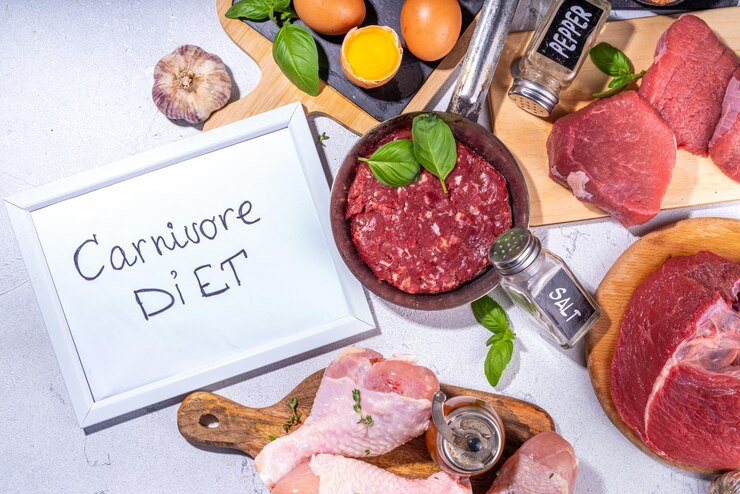
Health Benefits of the Carnivore Diet
The carnivore diet has gained significant attention for its potential health benefits, particularly in areas like weight loss, mental clarity, gut health, and overall nutritional benefits. By eliminating plant-based foods and relying solely on animal products, proponents argue that this meat-based diet provides essential nutrients while reducing inflammation and digestive issues. Let’s explore some of the most discussed benefits of the carnivore diet and what science has to say about them.
Weight Loss: How the Carnivore Diet Supports Fat Loss
One of the primary reasons people try the carnivore diet for weight loss is its high-protein, low-carbohydrate structure. Protein is known for its ability to increase satiety, reduce cravings, and boost metabolism. When the body receives ample protein and healthy fats while cutting out carbohydrates, it shifts into a fat-burning state, similar to ketosis in the ketogenic diet.
🔹Increased Satiety: Protein and fats are more filling than carbohydrates, leading to reduced overall calorie intake. A study published in The American Journal of Clinical Nutrition found that high-protein diets help regulate hunger hormones, leading to natural calorie reduction.
🔹Improved Insulin Sensitivity: Without carbs, blood sugar levels remain stable, reducing insulin spikes that can lead to fat storage. Research suggests that low-carb diets enhance insulin function, which may contribute to fat loss.
🔹Fat Adaptation: The body transitions to using fat for energy instead of glucose, promoting sustained energy and reducing hunger between meals.
Many individuals on a carnivore diet for weight loss report shedding excess pounds without the need for calorie counting or portion control, making it an appealing option for those struggling with traditional dieting methods.
Mental Clarity and Focus: A Brain-Boosting Diet?
Supporters of the carnivore diet often claim that eliminating plant-based foods leads to improved focus and mental clarity. While scientific studies on the cognitive effects of a purely meat-based diet are limited, there are several plausible reasons why this eating pattern might enhance brain function:
- Stable Blood Sugar Levels: Without carbohydrate fluctuations, the brain receives a steady energy supply, reducing brain fog and improving concentration.
- Ketone Production: Many individuals in a low-carb, high-fat metabolic state experience increased ketone production, which has been shown to support brain health. A study in Frontiers in Aging Neuroscience found that ketones may provide neuroprotective benefits and improve cognitive function.
- Elimination of Anti-Nutrients: Some proponents argue that plant-based foods contain lectins and oxalates, which can contribute to inflammation and cognitive sluggishness. By removing these potential irritants, the brain may function more efficiently.
While individual responses vary, many people following the carnivore diet report experiencing heightened mental clarity, fewer energy crashes, and improved mood stability.
Gut Health and Inflammation: Can a Carnivore Diet Help?
Another widely discussed benefit of the carnivore diet is its potential to improve gut health and reduce inflammation. Many people with digestive disorders, such as irritable bowel syndrome (IBS) or Crohn’s disease, find relief when they eliminate fiber-rich plant foods.
- Reduction in Gut Irritants: The diet removes fermentable carbohydrates (FODMAPs), which can cause bloating and discomfort in sensitive individuals.
- Less Fiber, Less Bloating: While fiber is often touted as essential for gut health, some research suggests that reducing fiber intake may actually alleviate constipation and bloating in certain individuals.
- Anti-Inflammatory Effects of Meat-Based Diets: Animal products are rich in omega-3 fatty acids, which have been shown to reduce systemic inflammation. A study in The Journal of Nutrition highlights the role of omega-3s in lowering inflammatory markers like C-reactive protein (CRP).
While anecdotal evidence suggests significant improvements in gut health and reduced inflammation, long-term studies on the effects of a purely carnivore diet are still needed.
Nutritional Benefits of Meat-Based Diets
Despite criticism, animal products are among the most nutrient-dense foods available. The nutritional benefits of meat-based diets include essential vitamins, minerals, and healthy fats that support overall well-being.
- High-Quality Protein: Animal proteins contain all essential amino acids, making them superior for muscle growth, immune function, and tissue repair.
- Rich in B Vitamins: Meat, especially organ meats, is an excellent source of B12, which is crucial for energy production and neurological function.
- Essential Minerals: Red meat provides iron, zinc, and selenium, all of which are vital for immune support and hormone production.
- Healthy Fats: Grass-fed beef, wild-caught fish, and eggs provide beneficial omega-3 and omega-6 fatty acids that support brain and heart health.
One of the biggest concerns about the carnivore diet is the potential lack of certain micronutrients, such as vitamin C and fiber. However, proponents argue that animal foods supply adequate nutrition without the need for plant-based sources.
Potential Risks and Drawbacks of the Carnivore Diet
The carnivore diet has gained traction for its promise of weight loss, mental clarity, and reduced inflammation, but is it safe in the long run? While many people report positive results, there are concerns about nutrient deficiencies, heart health risks, digestive issues, and the sustainability of the carnivore diet. Before adopting this extreme approach, it’s essential to understand these potential risks and how they might affect your health.
Nutrient Deficiencies: What Might Be Missing?
One of the biggest concerns about the carnivore diet is the lack of key nutrients typically found in plant-based foods. While animal products provide essential proteins, fats, and some vitamins, they fall short in certain areas:
🔹 Vitamin C Deficiency:
Fruits and vegetables are the primary sources of vitamin C, a vital antioxidant for immune function and skin health. While fresh meat contains small amounts, it may not be enough to prevent deficiencies over time.
🔹 Fiber Deficiency:
The absence of fiber from plant foods can impact digestion. While some argue that fiber isn’t essential, research suggests it plays a role in gut health, regular bowel movements, and microbiome diversity.
🔹 Missing Electrolytes (Potassium & Magnesium):
Bananas, avocados, and leafy greens are rich in potassium and magnesium, which support muscle function and heart health. Without these foods, carnivore dieters may be at risk of imbalances.
🔹 Lack of Phytonutrients & Antioxidants:
Plant-based foods contain powerful compounds that help combat inflammation and oxidative stress. Eliminating them could reduce your body’s natural defense mechanisms.
While some carnivore diet advocates claim that animal foods provide everything the body needs, long-term research is still limited. Supplementation or dietary adjustments may be necessary to prevent deficiencies.
Heart Health Concerns: Cholesterol & Saturated Fat Debate
Does eating only meat increase heart disease risk? The debate over saturated fat and cholesterol continues, with conflicting research on whether a high-meat diet harms cardiovascular health.
🔹 Increased LDL (“Bad”) Cholesterol:
Some people on a meat-based diet report a rise in LDL cholesterol, traditionally linked to heart disease. However, other factors—such as inflammation and overall diet quality—also play a role.
🔹 Triglycerides & HDL (“Good”) Cholesterol:
On the flip side, low-carb diets, including carnivore, often lower triglycerides and increase HDL, which are considered beneficial for heart health.
🔹 Impact on Arterial Health:
While processed meats and excessive saturated fats have been linked to arterial plaque buildup, high-quality meats like grass-fed beef and wild-caught fish may have a different effect.
If you have a history of heart disease or high cholesterol, it’s crucial to monitor your blood markers and consult a doctor before committing to a carnivore diet long-term.
Digestive Issues: How Does the Carnivore Diet Affect Gut Health?
The carnivore diet eliminates fiber, which plays a crucial role in digestion. Some people thrive without it, while others experience significant digestive discomfort.
🔹 Potential Issues Without Fiber:
- Constipation or irregular bowel movements
- Altered gut microbiome (loss of beneficial bacteria)
- Reduced stool volume, which some find concerning
However, some carnivore dieters report improved digestion, especially those with IBS or Crohn’s disease, as they eliminate foods that trigger inflammation.
🔹 Does Fiber Really Matter?
Some research suggests that fiber may not be as essential as once believed, and that a zero-fiber diet doesn’t necessarily cause constipation. However, the long-term impact of fiber elimination on gut bacteria remains unknown.
Sustainability & Long-Term Effects: Can You Stick With It?
Even if you enjoy the carnivore diet, maintaining it long-term presents challenges.
🔹 Dietary Monotony:
Eating only meat, fish, eggs, and dairy can become repetitive. Many people struggle with cravings for variety, making adherence difficult.
🔹 Cost Considerations:
High-quality grass-fed meats, wild-caught fish, and organic dairy can be expensive, making this diet financially demanding.
🔹 Social & Lifestyle Challenges:
Dining out, traveling, and attending social gatherings can be tricky when your only food options are animal-based. Sticking to a carnivore lifestyle may feel isolating.
🔹 Lack of Long-Term Research:
While low-carb and ketogenic diets have been studied extensively, little is known about the long-term effects of a carnivore diet on overall health, longevity, and disease risk.
Is the Carnivore Diet Right for You?
The carnivore diet has its pros and cons. While it may help with weight loss, mental clarity, and inflammation, it also comes with potential nutrient deficiencies, heart health concerns, digestive changes, and sustainability challenges.
🔹 Who Might Benefit?
- Individuals with autoimmune disorders or severe food intolerances
- Those seeking rapid weight loss or blood sugar control
- People who thrive on high-protein, low-carb diets
🔹 Who Should Be Cautious?
- Individuals with heart disease or high cholesterol
- Those prone to nutrient deficiencies
- Anyone struggling with dietary variety or cost concerns
If you’re considering the carnivore diet, consult a healthcare professional, monitor your health markers, and stay informed about new research. While some people thrive on all-meat eating, others may need a more balanced approach for optimal long-term health.
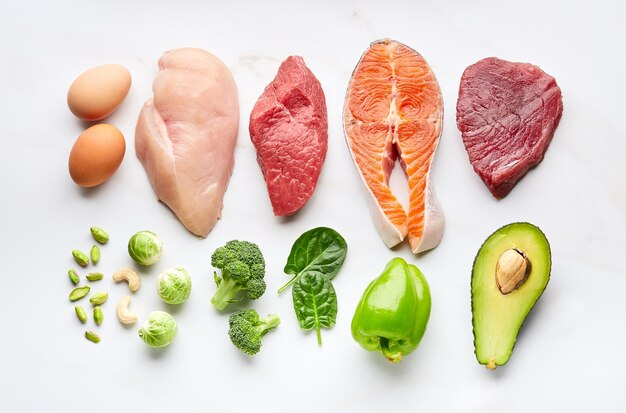
Carnivore Diet Meal Planning and Results
The carnivore diet requires careful meal planning to ensure proper nutrient intake while sticking to an all-animal-based food plan. Whether you’re trying it for a 30-day carnivore diet meal plan as a reset or considering it as a long-term lifestyle change, structuring your meals properly can help you stay on track and maximize results.
What a 30-Day Carnivore Diet Meal Plan Looks Like
A structured meal plan includes a mix of fatty meats, organ meats, eggs, and some dairy (if tolerated). The first two weeks can be an adjustment phase as your body shifts from carbohydrates to fat-burning mode.
- Weeks 1-2 (Adaptation Phase): Stick to simple, fatty cuts like ribeye, ground beef, and eggs to ease the transition. Many people experience fatigue, digestive changes, or cravings during the carnivore diet first 2 weeks as the body adapts.
- Weeks 3-4 (Fat Adaptation Phase): As your body becomes more efficient at burning fat for energy, you can introduce variety with organ meats like liver, high-fat dairy (if tolerated), and seafood to ensure you’re getting essential nutrients.
What Meals Can I Make on a Carnivore Diet?
Despite its simplicity, the carnivore diet allows for a variety of meal options that are easy to prepare:
- Ribeye steak with butter – A high-fat, satisfying meal rich in essential nutrients.
- Bacon and eggs – A staple breakfast that provides protein and fats.
- Salmon with ghee – Adds omega-3 fatty acids for brain health.
- Ground beef with bone broth – Boosts collagen and electrolytes.
- Chicken thighs with crispy skin – A flavorful, high-fat protein source.
- Bone marrow and liver pâté – A nutrient-dense option to prevent deficiencies.
Meal prep is simple—grilling, pan-searing, or slow-cooking meats with salt and butter is enough to create delicious and keto-friendly dishes.
Carnivore Diet Before & After Results
Many people experience noticeable changes in weight, energy, and digestion after following the carnivore diet.
- Weight Loss: The average weight loss on carnivore varies based on individual factors, but some report losing 5-10 pounds in the first two weeks due to reduced water retention and fat loss.
- Mental Clarity: Many followers notice improved focus and reduced brain fog as their bodies shift to ketone production.
- Digestive Health: Some experience reduced bloating and gut inflammation, though others may struggle initially due to a lack of fiber.
Following a 30-day carnivore diet meal plan can lead to noticeable before-and-after results, particularly in weight loss, mental clarity, and digestion. While the first 2 weeks can be challenging, most people adapt and experience benefits over time. Sticking to nutrient-dense meats, incorporating variety, and listening to your body’s signals can help optimize your success on the carnivore diet.
Expert Opinions and Safety
The carnivore diet is a highly debated nutritional approach, with strong opinions on both sides. While some health experts acknowledge its potential benefits, many doctors and dietitians raise concerns about its long-term safety, especially regarding heart and liver health. Understanding expert perspectives can help determine if this diet is a sustainable and healthy choice for different individuals.
Doctors’ Views: What Do Cardiologists Think of the Carnivore Diet?
Cardiologists and health professionals have mixed opinions about the carnivore diet, primarily due to its high intake of saturated fats and cholesterol. While some studies suggest that saturated fats from animal products may not be as harmful as once believed, many cardiologists remain concerned about the potential for increased LDL (bad) cholesterol and heart disease risk over time.
On the other hand, some proponents argue that eliminating processed foods, sugars, and carbohydrates may reduce inflammation, insulin resistance, and metabolic disorders, all of which are major contributors to heart disease. Despite anecdotal success stories, there is currently no long-term research proving the diet’s safety for heart health. Individuals with pre-existing heart conditions should consult a doctor before considering an all-meat diet.
Who Should Avoid the Carnivore Diet?
The carnivore diet may not be suitable for everyone, particularly certain populations who require a balanced intake of nutrients:
- Women: Some women report hormonal imbalances when following strict carnivore diets long-term, possibly due to nutrient deficiencies and lack of fiber.
- Children: Growing children need a variety of vitamins, minerals, and fiber for development, making a restrictive meat-only diet unsuitable.
- Diabetics: While some diabetics experience improved blood sugar control on carnivore, the lack of fiber and micronutrients from plant-based foods could pose long-term health risks.
- Heart Patients: Since this diet is high in red meat and saturated fats, individuals with a history of heart disease should be cautious and regularly monitor their cholesterol and lipid levels.
- Liver Health Concerns: Consuming high amounts of protein and fats places extra strain on the liver, making it potentially risky for those with pre-existing liver conditions.
Short-Term vs Long-Term Safety
For short-term use, the carnivore diet may help with weight loss, mental clarity, and autoimmune relief, as it removes inflammatory foods and simplifies meal planning. Many people experience benefits in energy levels and digestion within the first few weeks.
However, long-term safety remains uncertain, as eliminating plant-based foods may lead to nutrient deficiencies in fiber, vitamin C, and essential phytonutrients. Over time, excessive intake of processed meats and high-fat cuts could potentially increase the risk of metabolic and cardiovascular diseases.
The carnivore diet remains a controversial approach to eating, with limited research on its long-term health effects. While some people experience short-term benefits, the potential risks for heart and liver health raise concerns among medical professionals. Those considering this diet should consult a healthcare provider, especially if they have pre-existing conditions or plan to follow it for an extended period.
Consult a Healthcare Provider Before Starting
The carnivore diet is a major dietary shift that isn’t suitable for everyone. Before making drastic changes:
🔹 Consult a doctor or registered dietitian – This is especially important if you have pre-existing conditions like high cholesterol, kidney disease, or metabolic disorders.
🔹 Get baseline blood work – Check nutrient levels, cholesterol, and inflammation markers before and during the diet.
Following the carnivore diet safely requires careful planning, hydration, and regular health monitoring. While many report benefits, it’s essential to prioritize nutrient-rich foods, electrolytes, and medical guidance to avoid risks.
By taking a balanced and informed approach, you can maximize the benefits of the meat-based diet while minimizing potential downsides.
FAQs: Common Questions About the Carnivore Diet
As the carnivore diet gains popularity, many people have questions about its benefits, risks, and how it compares to other low-carb diets. Below are some of the most frequently asked questions to help you understand this all-meat eating approach.
Can the Carnivore Diet Help with Autoimmune Diseases?
Many proponents of the carnivore diet believe that eliminating plant-based foods may reduce autoimmune symptoms. This is based on the idea that some plants contain anti-nutrients like lectins and oxalates, which may trigger inflammation in sensitive individuals.
🔹 Potential Benefits for Autoimmune Conditions:
- Some people with rheumatoid arthritis, Crohn’s disease, and lupus report symptom relief.
- The diet eliminates common allergens like gluten, soy, and processed foods.
- High-fat, low-carb intake may reduce systemic inflammation.
Is the Carnivore Diet Suitable for Everyone?
While some people thrive on the meat-based diet, it’s not ideal for everyone.
🔹 Who May Benefit:
- Individuals with severe food intolerances or autoimmune conditions.
- Those looking for rapid weight loss or blood sugar control.
- People who feel better on low-carb or ketogenic diets.
🔹 Who Should Be Cautious:
- Individuals with a history of high cholesterol, heart disease, or kidney issues.
- Those prone to nutrient deficiencies (vitamin C, potassium, fiber).
- Athletes or people who require high-carb fuel for performance.
How Does the Carnivore Diet Compare to Keto?
Both the carnivore diet and ketogenic (keto) diet are low-carb, high-fat eating plans, but they differ in key ways:
| Feature | Carnivore Diet | Keto Diet |
| Carbs | Nearly zero | 5-10% of daily intake |
| Allowed Foods | Only animal-based (meat, fish, eggs, dairy) | Includes non-starchy vegetables, nuts, and low-carb fruits |
| Ketosis | Always in ketosis | May fluctuate depending on carb intake |
| Fiber Intake | None | Includes fiber from plant foods |
🔹 Which One Is Better?
- Carnivore is more restrictive but may help those with severe inflammation or food sensitivities.
- Keto allows for more variety, making it easier to sustain long-term.
Can I Get All My Nutrients on the Carnivore Diet?
A well-planned carnivore diet provides essential nutrients, but some may be lacking:
🔹 Nutrients Available in Animal Foods:
- Protein & healthy fats (meat, fish, eggs)
- B vitamins (especially B12 from red meat)
- Iron & zinc (beef, liver)
- Omega-3s (fatty fish)
🔹 Potential Nutrient Deficiencies:
- Vitamin C: Found in fruits/vegetables but present in small amounts in fresh meat.
- Potassium & Magnesium: Lacking in a zero-carb diet; consider bone broth or supplements.
- Fiber: Eliminated, which may affect digestion for some people.
To minimize deficiencies, focus on nutrient-dense meats like organ meats, fatty fish, and pasture-raised eggs. Some may also need supplements for balance.
How Long Should You Stay on the Carnivore Diet?
The duration of the carnivore diet depends on individual goals and health conditions. Some people follow it for a 30-day reset, while others stay on it for several months or even long-term. However, experts recommend monitoring health markers and nutrient levels if you plan to follow it for an extended period. Consulting a healthcare provider before long-term adherence is essential.
What Is the Success Rate for the Carnivore Diet?
The success rate of the carnivore diet varies based on personal health goals. Many report weight loss, improved digestion, and reduced inflammation within a few weeks. However, there is limited long-term scientific research on its effectiveness. The diet works well for some but may not be sustainable for everyone due to potential nutrient deficiencies and social limitations.
What Is the Healthiest Diet?
There is no one-size-fits-all answer to the healthiest diet. A balanced diet rich in whole foods, healthy fats, proteins, and fiber is widely recommended by nutritionists. Diets like the Mediterranean diet, keto, and whole-foods-based eating plans often rank among the healthiest because they provide essential nutrients without excessive processed foods. The carnivore diet may work for some, but it lacks plant-based nutrients essential for long-term health.
Why Do I Feel So Bad on the Carnivore Diet?
Feeling bad on the carnivore diet, especially in the first 1-2 weeks, is common and often referred to as the “keto flu.” Symptoms like fatigue, headaches, and digestive issues occur as the body adapts to fat-burning instead of carbohydrates. Electrolyte imbalances, dehydration, and lack of fiber can also contribute to discomfort. Increasing salt intake, staying hydrated, and gradually transitioning can help alleviate symptoms.
Final Thoughts on the Carnivore Diet
The carnivore diet offers an intriguing approach to nutrition, focusing solely on animal products like meat, fish, eggs, and some dairy. For many, it provides significant benefits, including weight loss, mental clarity, and reduced inflammation. However, it’s essential to approach this diet with caution. While it may offer short-term results, the long-term effects and potential risks, such as nutrient deficiencies and heart health concerns, should not be overlooked.
If you’re considering the carnivore diet, take time to assess your health, consult with a healthcare provider, and monitor your body’s response closely. This diet is not for everyone, and for some, it may require supplementation or modifications to ensure balanced nutrition.
Ultimately, whether the carnivore diet is right for you depends on your unique health goals and medical history. With proper planning and medical guidance, it can be a sustainable way of eating, but it’s crucial to remain informed and mindful of potential risks. If done carefully, it can be a powerful tool for improving health—but it’s essential to listen to your body and adjust as needed.


